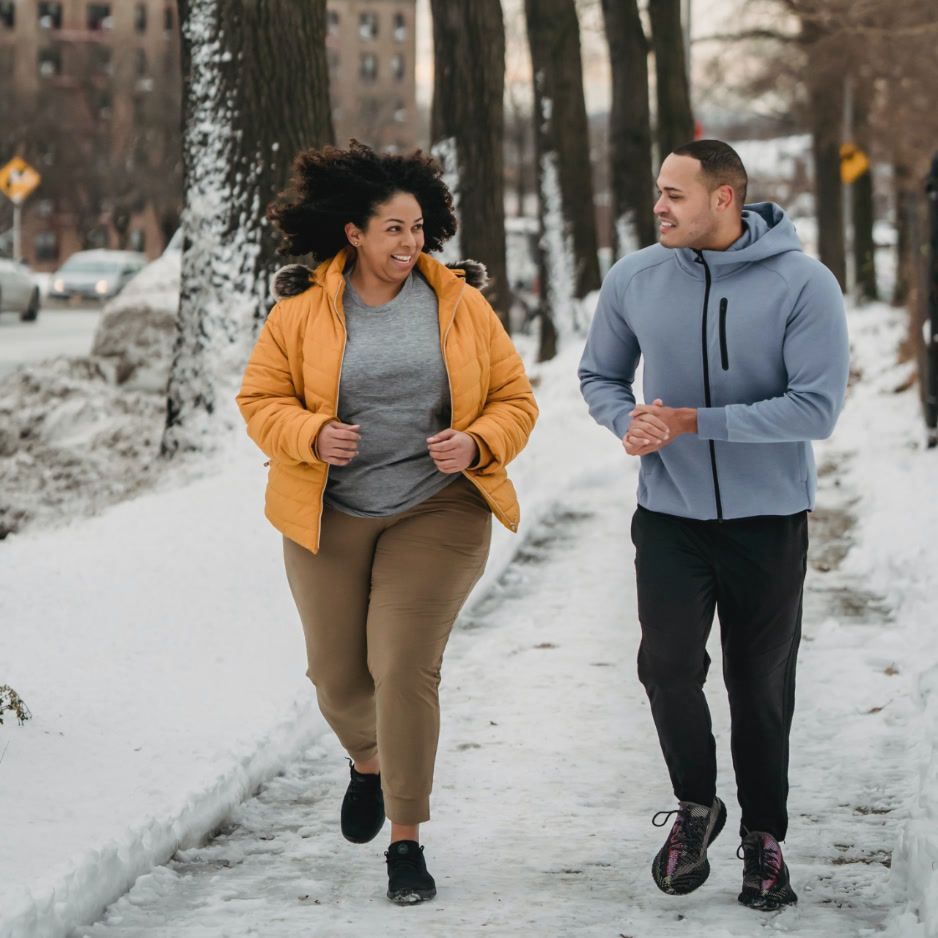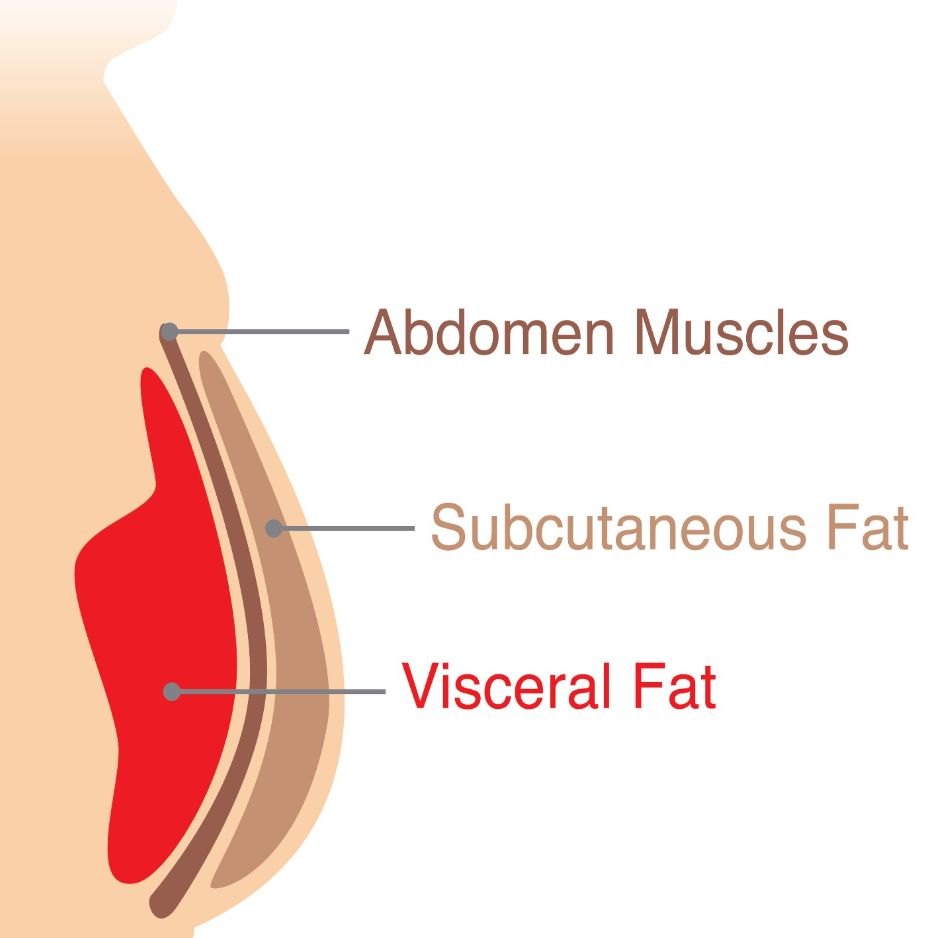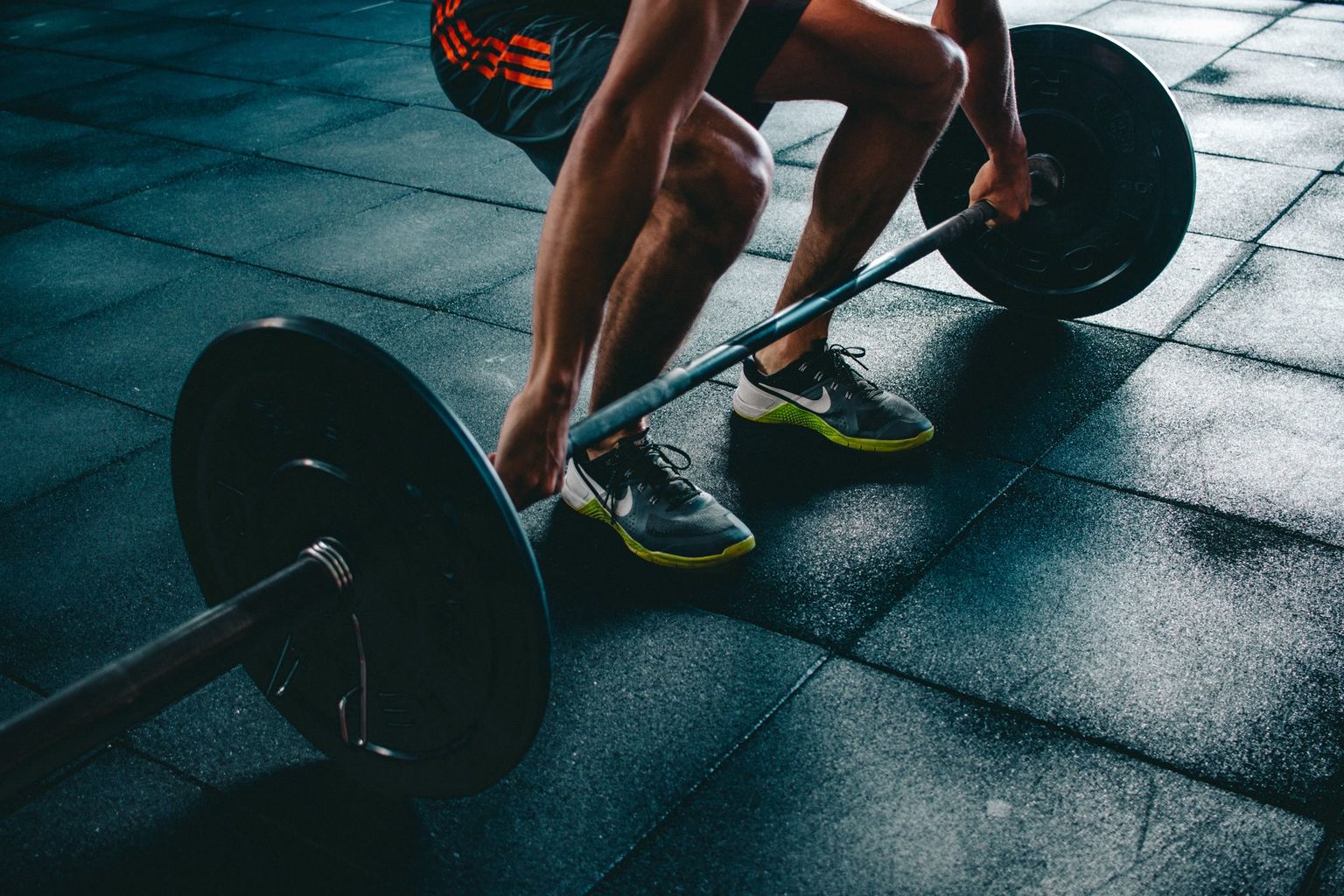Beginner Kettlebell Workout: 15-Minute Full-Body Circuit
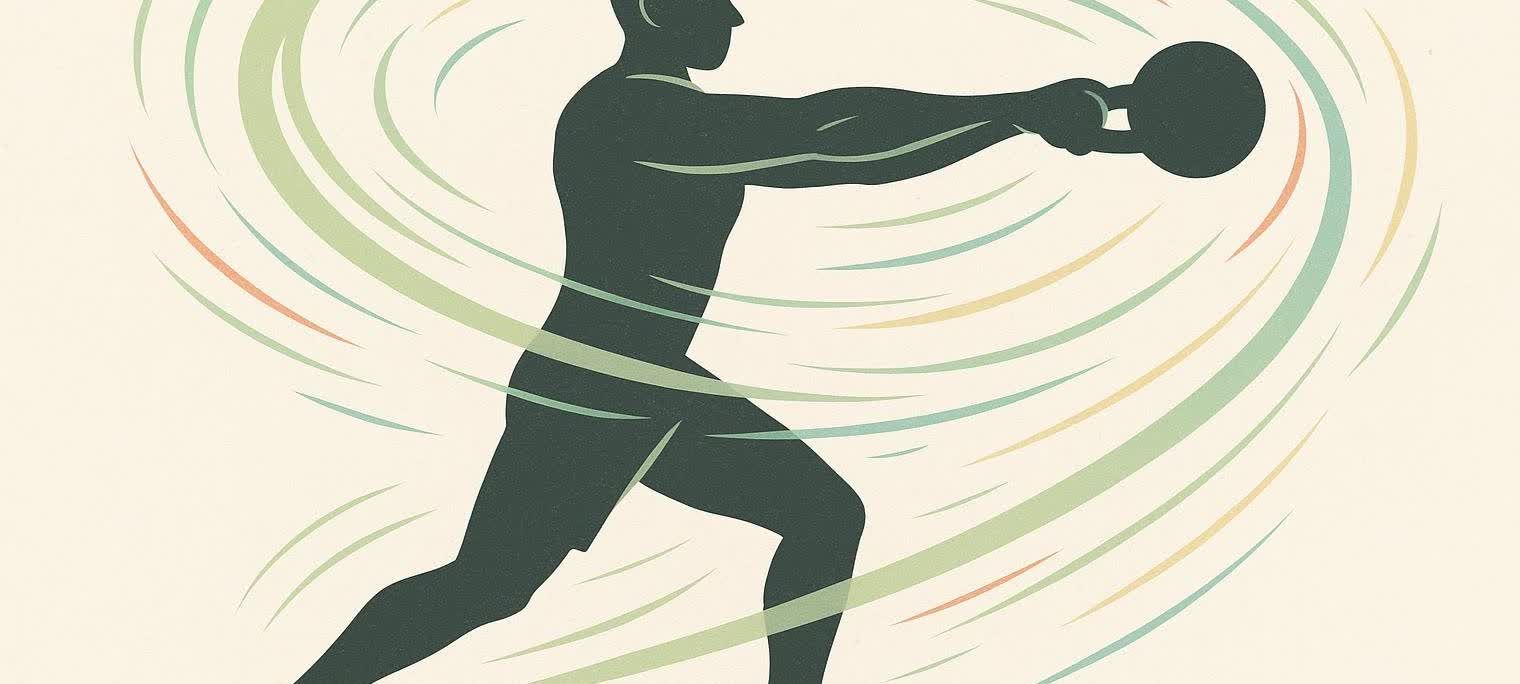
Beginner Kettlebell Workout: 15-Min Full-Body Circuit
One compact kettlebell can deliver strength, cardio, and mobility in a single, time-efficient session—no gym commute required. The step-by-step beginner kettlebell workout below teaches foundational moves so you can get a full-body sweat in just 15 minutes.
Why Start with Kettlebells?
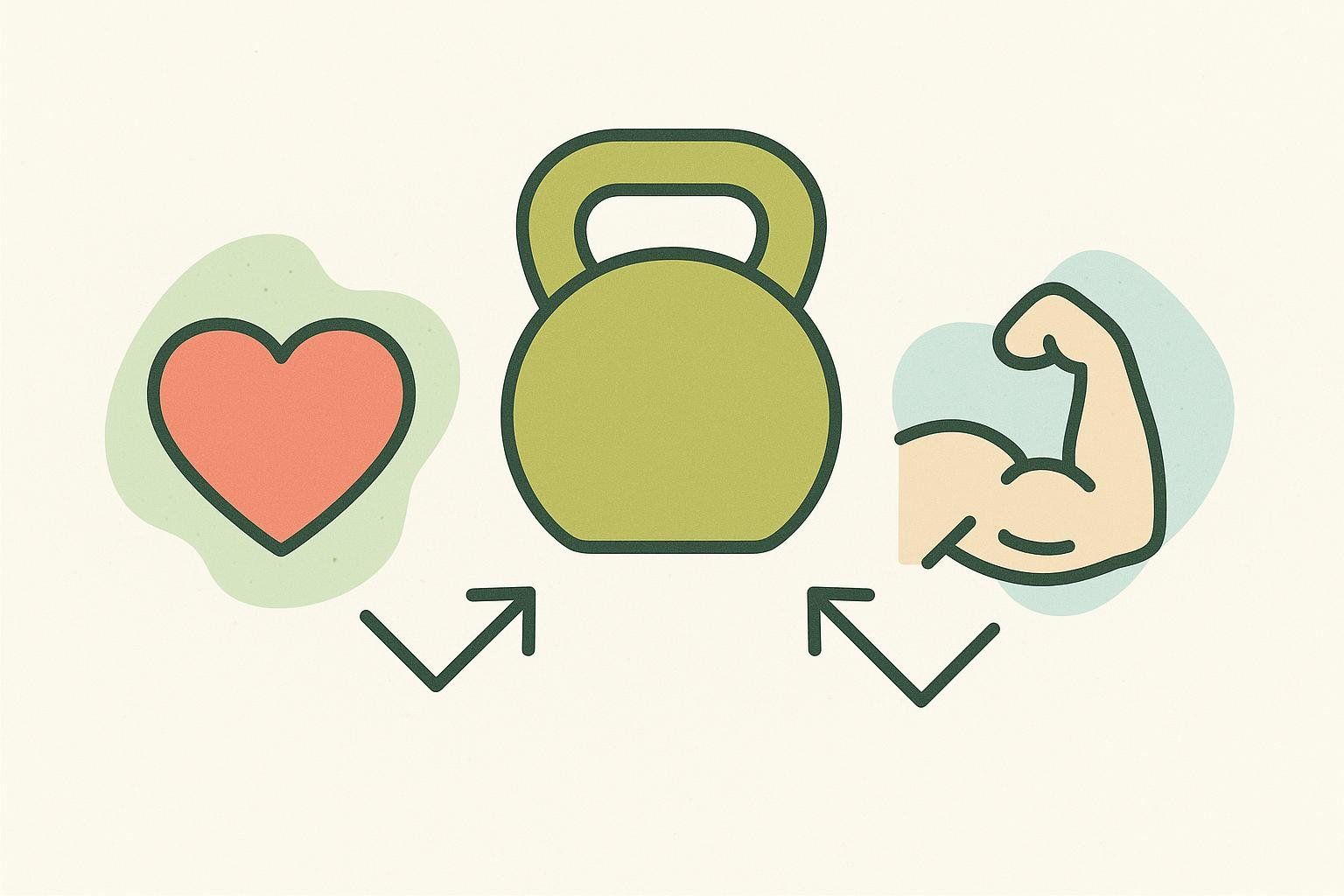
| Benefit | What the Science Says | Why It Matters for Beginners |
|---|---|---|
| Cardio + Strength in One | A 2019 review in Sports Medicine found kettlebell circuits improved both VO₂ max and maximal strength—results comparable to traditional resistance training | Combines strength and cardio training to increase workout efficiency. |
| High-Intensity in Less Time | A 2010 study in the Journal of Strength and Conditioning Research showed that a 12-minute swing protocol kept heart rate near 87 % of max and VO₂ at roughly 65 % of max | Ideal for busy schedules. |
| Functional Movement | A 2024 review in Sports Medicine – Open reported that kettlebell training engages hips, core, and stabilizers while boosting lower-body power | Builds balance and posture that translate to everyday tasks. |
| Minimal Gear | One bell + small floor space | Perfect for home, office, or travel workouts. |
Choosing Your First Kettlebell
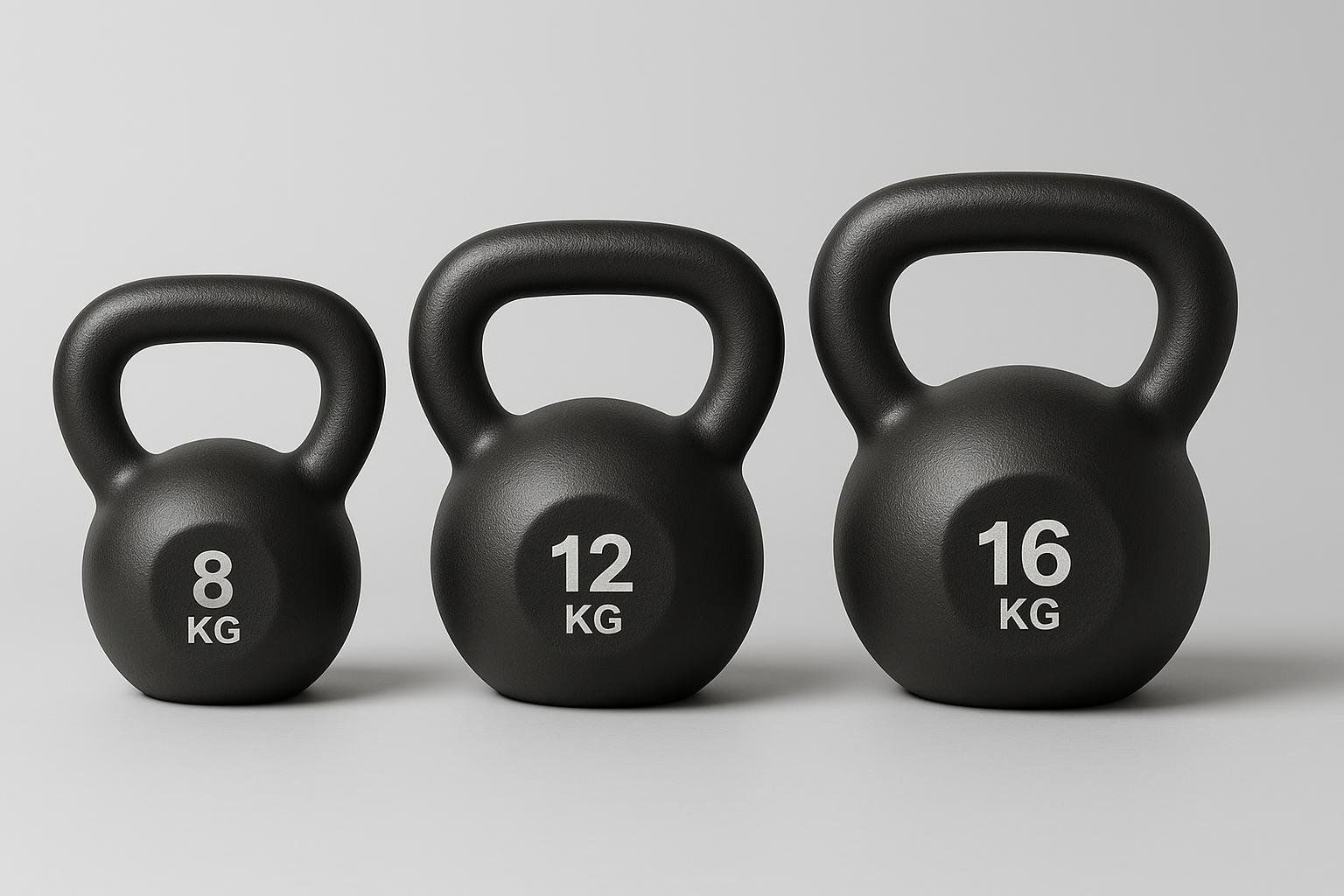
Strength and body size matter more than gender. Use the chart below as a starting point and adjust up or down as needed.
| Experience Level | Body Weight < 175 lb / 80 kg | Body Weight ≥ 175 lb / 80 kg |
|---|---|---|
| Brand-new or returning after a long break | 5–10 lb (2–5 kg) | 10–18 lb (4–8 kg) |
| Some strength experience (push-ups, dumbbells) | 12–18 lb (5–8 kg) | 18–26 lb (8–12 kg) |
| Regular lifter (can barbell deadlift body weight) | 18–26 lb (8–12 kg) | 26–35 lb (12–16 kg) |
Pick a bell that lets you perform 10 controlled goblet squats while still feeling challenged by reps 8–10. When in doubt, start lighter—you can always go heavier next session.
Safety & Setup Checklist
- Clear your “swing zone.” Arm’s-length clearance—front, back, and sides.
- Flat, grippy surface. Skip plush carpet; use hardwood, rubber mat, or short-pile rug.
- Neutral spine. Keep a straight line from head to tailbone every rep.
- Secure grip. Chalk or a small towel keeps sweaty hands locked on the handle.
- Exhale on exertion. Sharp breath out at the hardest part to brace your core.
- Always perform the dynamic warm-up before starting your kettlebell exercises.
For an in-depth primer on form, see our Strength Training for Beginners guide.
5-Minute Dynamic Warm-Up
| Move | Reps / Time |
|---|---|
| Cat–Cow stretch | 30 sec |
| Glute bridge | 10 reps |
| Hip-hinge drill (no weight) | 10 reps |
| Body-weight reverse lunge | 5 per side |
| Arm circles | 30 sec each direction |
Activate glutes and core while mobilizing hips and shoulders—the prime movers in kettlebell work.
The 15-Minute Beginner Kettlebell Circuit
Circuit at a Glance
• Rounds: 3 (beginner)
• Exercises per round: 4
• Rest: 30 s between moves, 60 s between rounds
• Total time: ≈ 15 minutes
Complete the four exercises below in order, following the parameters above.
Kettlebell Deadlift – 10 reps
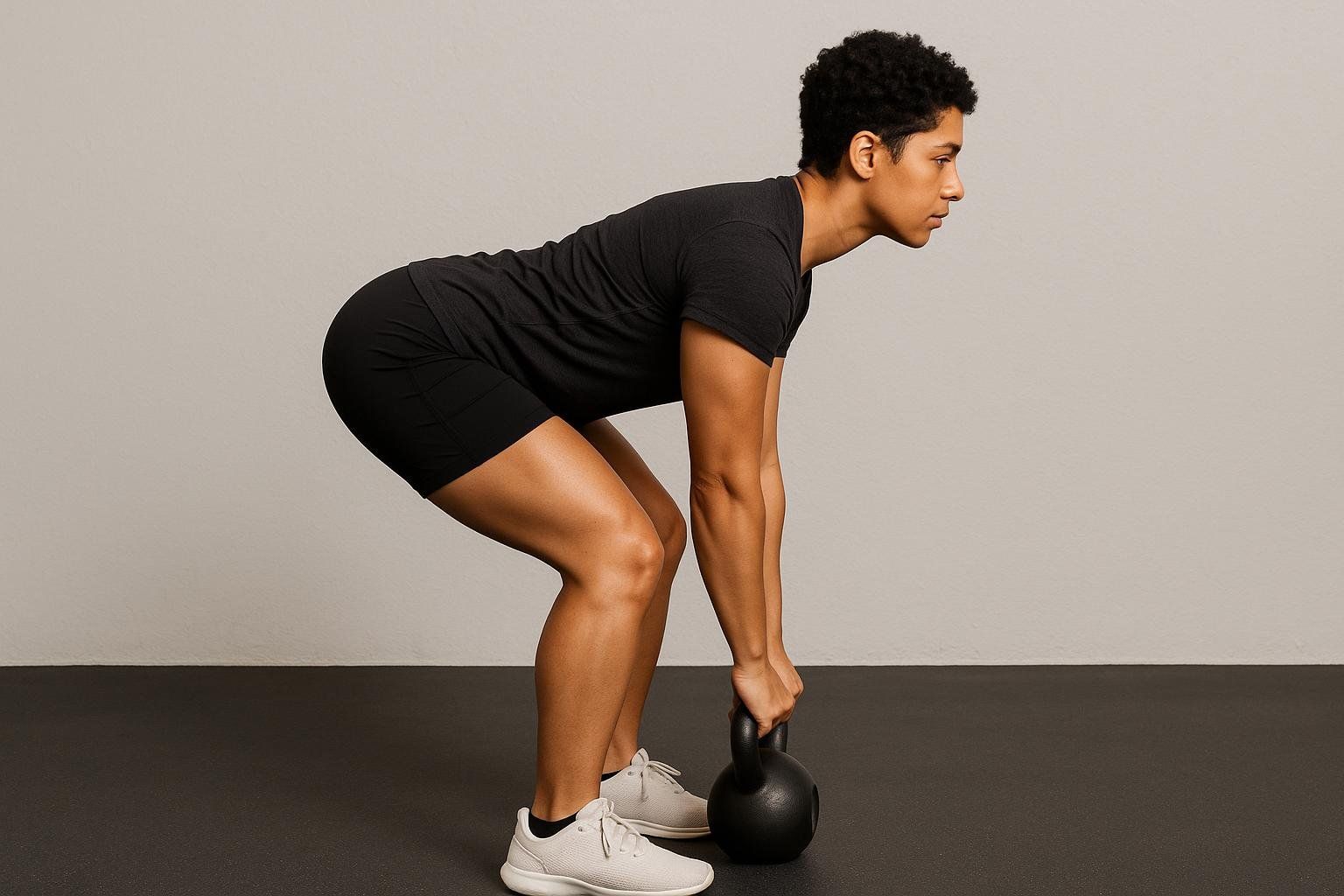
- Stand with feet hip-width apart, kettlebell centered between your arches.
- Push hips back (think “close a car door”) while adding a slight knee bend; shins stay vertical.
- Grip the handle with both hands and pull the shoulder blades down and back.
- Drive feet into the floor and extend hips to stand tall, locking glutes at the top.
- Reverse by sliding hips back, keeping spine neutral, and set the bell down under your body—not in front of it.
Goblet Squat – 10 reps
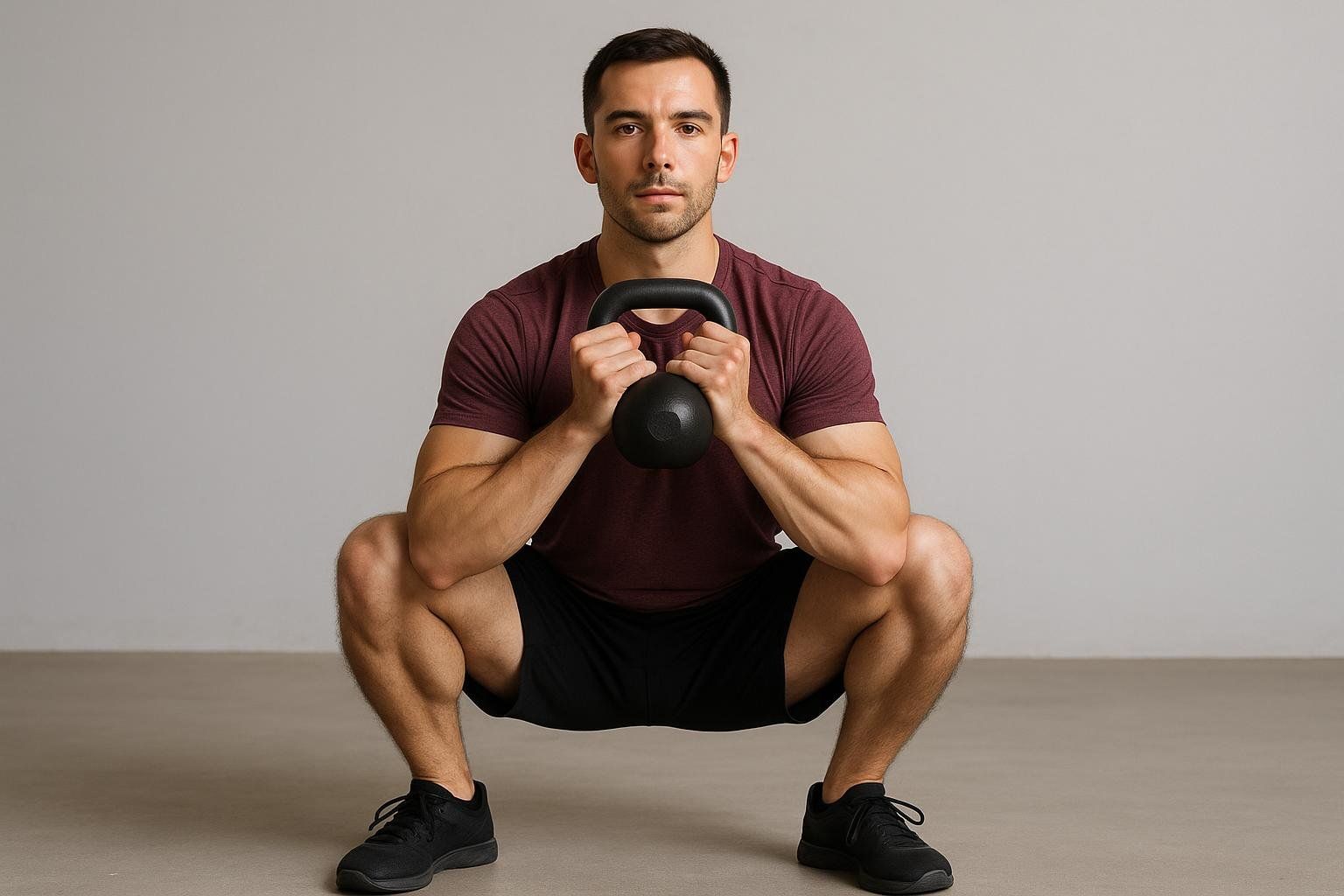
- Hold the bell upside-down against your chest with elbows pointing down.
- Inhale, brace your core, and sit hips between your heels; knees track over toes.
- Keep chest proud and elbows inside your knees at the bottom.
- Exhale, press feet into the floor, and stand, squeezing glutes.
- Stop before the lower back rounds (avoid “butt wink”).
Two-Hand Swing – 15 reps
- Place the bell about one foot in front of you; hinge at hips and grasp the handle.
- Tilt the handle toward you, then swing the bell back high between your thighs.
- Explosively snap hips forward; arms act as ropes and the bell floats to chest height.
- Let the bell fall naturally, guiding it back through legs while maintaining a flat back.
- Keep shoulders down and back, core braced—avoid lifting with the arms or turning the movement into a squat.
Single-Arm Overhead Press – 8 reps per arm
- With two hands, lift the bell to shoulder height, then set your rack position:
• Handle lies diagonally across your palm from the base of the pinky to the web of the index finger.
• Keep your wrist straight.
• Elbow stays close to your ribs.
• Thumb points toward your collarbone.
• Round bell rests against the outside of your forearm. - Stand tall, squeeze glutes, and brace core.
- Press the bell straight overhead until your bicep finishes beside your ear and your elbow locks without hyperextending.
- Lower with control back to the rack. Complete reps on one side before switching arms. If shoulder discomfort arises, shorten the range or lighten the load.
4-Week Progression Roadmap
Aim to master technique before adding weight. Volume (rounds or reps) is the primary progression lever during the first month.
| Week | Sessions | Volume Goal | Focus |
|---|---|---|---|
| 1 | 3 | 3 rounds, baseline weight | Nail technique |
| 2 | 3 | Aim for 4 rounds. If 4 isn’t doable, stay at 3 rounds and add 2 reps to each exercise. | Build endurance |
| 3 | 3 | Maintain 4 rounds, perfect every rep | Solidify form |
| 4 | 3–4 | Optional: add a 5th round or move to the next bell size only if form is rock-solid | Gradual challenge |
Technique Tune-Ups
- Swing is a hip hinge, not a squat. Knees bend slightly; power comes from glutes snapping the hips.
- Keep shoulders down and back. This stabilizes the upper body and protects your neck.
- Keep the bell close. In the goblet squat, elbows should brush the inside of your knees at the bottom.
Getting Personalized Feedback
Need feedback? Record a quick video and consult a certified kettlebell coach in your area for form checks and personalized cues.
Frequently Asked Questions
How heavy should my first kettlebell be?
Select the lightest bell that still challenges the final two reps of a 10-rep goblet squat. Use the weight chart above as a starting point, adjusting for your own strength and comfort.
Are kettlebell circuits good cardio?
Yes. Research—such as the 12-minute swing study that pushed heart rates to nearly 87 % of maximum—shows kettlebell circuits can deliver cardiovascular demands comparable to running or cycling while also building strength.
Will this workout hurt my back?
Proper hip-hinge mechanics strengthen the posterior chain. Start light, maintain a neutral spine, and stop if you feel pain. Check out our Back-Friendly Core Moves for additional tips.
I only have one heavier bell—can I still follow the plan?
Absolutely. Reduce reps by 2–3 per exercise (e.g., perform 8 reps instead of 10), increase rest to 45 seconds, and focus on pristine form.
Postpartum considerations?
Always wait for clearance from your healthcare provider. Ask specifically about diastasis recti status, pelvic-floor recovery, and any restrictions related to C-section or perineal healing before adding swings or overhead presses.
The Takeaway
A single kettlebell, a modest floor space, and 15 focused minutes three times a week can jump-start strength, improve conditioning, and enhance posture. Periodic BodySpec DEXA scans can help quantify changes in muscle and fat mass as your training progresses.
Information presented is for educational purposes and doesn’t replace professional medical advice.
